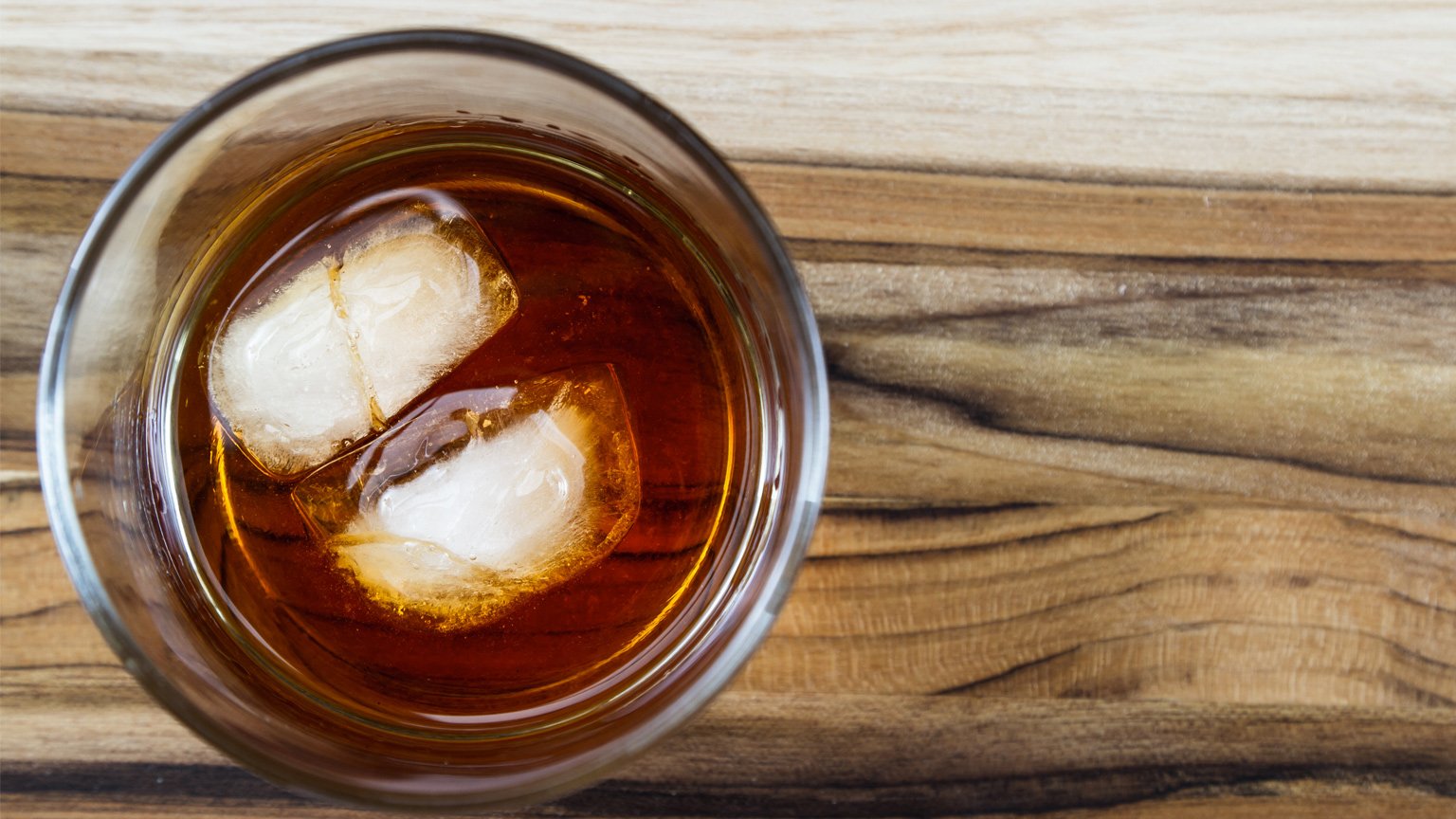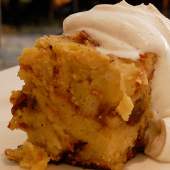Bourbon or Whiskey?

On this week’s episode, we featured Niche, a restaurant located in Geneva offering a selection of more than 400 whiskeys and bourbons. That’s a lot to choose from, and with brown spirits becoming more popular than ever, perhaps you’ve been meaning to dip your toe into the whiskey pool. But where should you begin? Here’s a quick guide to a few popular styles that will get you started on your journey.
The differences between whiskey and bourbon begin with this old adage: all bourbon is whiskey, but not all whiskey is bourbon. Whiskey is made all over the world, and includes popular styles from Scotland (where whisky is spelled without the “e”), Ireland, the United States, Canada, and Japan. It is a spirit distilled from fermented grain mash including wheat, rye, barley, and corn, and then aged in wooden barrels.
Bourbon
Bourbon, named for the French royal dynasty, is the most popular type of American whiskey. After rampant adulterating, tampering, and dilution throughout the 1800s, a set of rules and regulations were introduced with the Bottled-in-Bond Act of 1897. According to U.S. regulations, in order for something to be considered a bourbon, it has to meet five requirements: it has to be made in the USA, contain at least 51% corn, be distilled to no higher than 160 proof, put into a barrel at no higher than 125 proof, and aged in a new, charred oak container. Bourbon can be made anywhere in the United States, but Kentucky is the leading producer, representing a majority of bourbon made in the U.S. Bourbon’s aroma is a combination of maple syrup, nutmeg, caramel, burnt sugar, and vanilla. It can be enjoyed neat, over a large ice cube, or in popular cocktails such as a Manhattan or an Old-Fashioned.
Tennessee Whiskey
While Tennessee whiskey meets all the requirements of bourbon, it must comply with two additional regulations: it must be produced in Tennessee and be charcoal-filtered prior to barrel aging. Jack Daniels is perhaps the most widely known example of this genre; personally, I enjoy it mixed with lemonade as a refreshing summer cocktail.
Rye Whiskey
It was the European colonists who began distilling rye, as it was more readily available than the traditionally used barley. It is produced mostly in the United States and Canada, and has a flavor profile that is similar to bourbon but with more notable spiciness due to the natural flavors of the rye. American rye whiskey must be composed of a minimum of 51 percent rye and like bourbon, it must be aged in charred, new oak barrels. A Sazerac is an example of a traditional New Orleans cocktail that is traditionally made with rye whiskey.
Scotch Whisky
Scotch is traditionally made from malted barley and aged in oak barrels for at least three years, and must be produced and matured in Scotland. The distinct smoky flavor found in this whisky is due to the malt-drying process, part of which is done over a peat-fueled fire that allows the smoke to come in direct contact with the malt. Although the smoky aspect defines scotch, each region of Scotland produces a product with different and distinct flavor characteristics. This is particularly evident in single malts, or whisky that is made solely from malted barley produced at a single distillery. Blended scotch is a blend of one or more single malts with one or more single grains, and tends to be more mixable (as well as more reasonably priced) than the single malts. While the majority of single malt scotch is best enjoyed neat or with a drop of water, blended scotch is a popular ingredient in cocktails such as a Rob Roy.
Irish Whiskey
Irish whiskey is made, as you might expect, in Ireland, and aged for at least three years in wood casks. Most Irish whiskey is made in a pot still and distilled three times, as opposed to the more common Scottish double distillation. Mix it with coffee, sugar, and heavy cream to make the ever-popular Irish coffee.
Japanese Whiskey
Japan has the largest number of whisky distilleries after Scotland and the United States. Japanese whisky (also spelled without the “e”) tends to be made in the same fashion as scotch. This is due to the origin of the Japanese branch of whiskies, which started back in the 1920s after Masataka Taketsuru returned to Japan after studying distilling techniques in Scotland. The Japanese whisky industry offers traditional flavors such as peat, but also includes new, innovative elements such as aging in plum wine casks. Popular brands include Suntory, Hibiki, and Yamazaki.
Canadian Whisky
Canadian whisky also most often skips the "e" in whiskey, following in the scotch tradition. Canadian whisky can only be produced in Canada, and features a myriad of blended styles made primarily of corn or wheat and supplemented with rye, barley, or barley malt. Crown Royal and Canadian Club are two popular examples of Canadian whisky.
And that’s my primer on bourbon and whiskey! I hope it helps you make educated choices when dining out.





